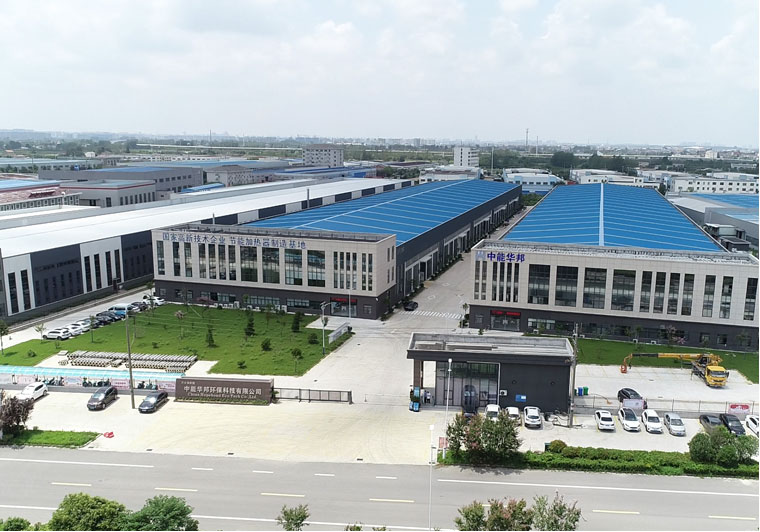Heating Equipment
The working principle of ceramic heating elements is as follows:
1.Resistance heating: The interior contains resistive materials, such as metal oxides, etc. When an electric current passes through, according to Joule's law, the electric current does work on the resistance, and the electrical energy is converted into heat energy, causing the element to heat up.
2.Heat conduction and heat radiation
Heat conduction: Ceramics have thermal conductivity. The internal heat is conducted through lattice vibrations, making the temperature of the element uniform. It also conducts heat to the heated objects in contact.
Heat radiation: After the temperature of the element rises, according to the Stefan-Boltzmann law, it will radiate heat in the form of electromagnetic waves, achieving heating of the surrounding objects.
3.Temperature control: A temperature control system is often equipped. Temperature sensors such as thermocouples or thermistors are used to monitor the temperature. The temperature signal is converted into an electrical signal and fed back to the controller. The controller compares the set temperature with the actual temperature and adjusts the input current or voltage to control the heating power, achieving precise temperature control.
Specifications:
|
Length: |
From 100mm. to 3500mm. |
|
Diameter (mm.): |
27, 32, 36, 39, 45, 48, 57mm. |
|
Capacity Load (W/cm²): |
Max. 6. |
|
Power (W): |
From 100W to 10.000W |
|
Voltage (V): |
230V, 400V, 3x400V. |
|
Protection: |
IP00 |
|
Max. Working Temp.: |
600°C |
|
Connection type: |
Silicone cable, high temperature cable, thread M4, M5 and M6. |
Applications:
1.Industry: In the chemical industry, it is used for raw material heating and temperature control of reaction kettles. For example, in petrochemicals, it preheats crude oil, and in organic synthesis, it controls the temperature. In electronics manufacturing, it is applied to circuit board soldering and component aging tests. In metal processing, it preheats billets and conducts heat treatment.
2.Home Appliances: In kitchen appliances, electric ovens use it to heat up quickly and evenly cook food, and rice cookers rely on it to precisely control the temperature for cooking rice. In heating equipment, ceramic heaters and electric heaters use it to heat up rapidly and provide a safe heating environment.
3.Medical Field: In medical equipment, cell incubators rely on it for temperature control, and medical imaging equipment uses it to maintain the internal temperature stability. In rehabilitation physiotherapy, some hot compress physiotherapy devices use it to generate gentle heat.
Shipment
provides customers with quality and safe transportation.

Sensing the Temperature: The thermostat in an immersion heater utilizes advanced temperature sensors such as thermistors or bi-metallic strips to constantly mon...
READ MORESinton, a global manufacturer of industrial heating systems, has officially released a new technical white paper titled “Fundamentals of Organic Heat Carrier Bo...
READ MOREOil Quality Management The foundation of contaminant control in an oil circulation heater lies in maintaining high-quality circulating oil. The performance and ...
READ MOREIn the context of the global energy and chemical industry's continuous transformation towards safety, efficiency and intelligence, China's high-end industrial e...
READ MOREOrganized fire safety drills To enhance safety awareness within the industrial park and in response to the "119" Fire Safety Awareness Month, on November 29th,...
READ MORE